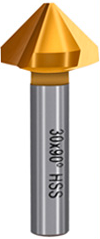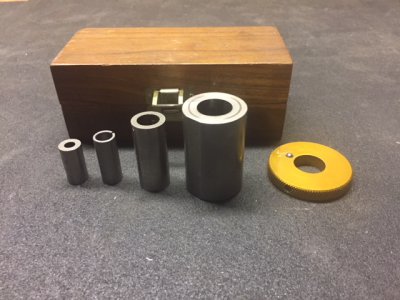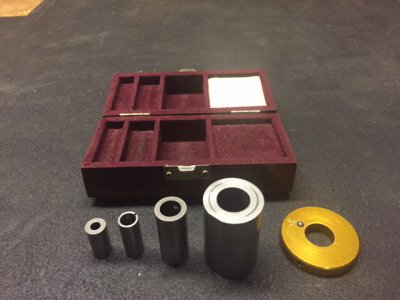Just can't understand why. I have tried this kind of tools with positive or zero rake angle but once the cutting area gets larger ( > 6 mm or 1/4 inch in diameter ), it will chatter. May be it's due to the backlash of the feeding screw of the tail stock but how come no such problem has been encountered when drilling even if the diameter of the hole is much bigger ( 13 mm or half an inch ) ?






